The Environmental Impact of R410A
Despite its advantages, R410A has a high Global Warming Potential (GWP). GWP measures how much heat a greenhouse gas traps in the atmosphere over a specific period compared to carbon dioxide. R410A has a GWP of 2088, meaning it is significantly more impactful than CO2 when it comes to global warming.
As climate change becomes an increasingly urgent issue, regulatory bodies have set new standards to reduce the use of high-GWP refrigerants. The phase-out of R410A is part of a broader initiative to curb greenhouse gas emissions and transition to refrigerants that have a lower environmental impact.
The Path Forward: Alternatives to R410A
With the phase-out of R410A, the HVAC industry is turning towards alternative refrigerants with lower GWP. Some of the most notable alternatives include:
-
R32: With a GWP of 675, R32 is significantly lower than R410A. It is gaining popularity due to its lower environmental impact and similar performance characteristics. R32 is becoming a preferred choice for new systems and retrofits.
-
R454B: This refrigerant has a GWP of 466, making it another viable option for replacing R410A. It is designed to be used in new equipment and has shown promising results in terms of efficiency and lower environmental impact.
-
R513A: This refrigerant is another alternative with a GWP of 631. It is designed for use in systems that previously used R134a, making it a suitable choice for retrofitting existing systems.
Industry Implications and Preparation
The transition away from R410A will have broad implications for the HVAC industry:
-
System Design and Retrofit: Equipment manufacturers will need to design new systems or modify existing ones to accommodate alternative refrigerants. Retrofit options will be available for some systems, but not all equipment can be easily converted.
-
Training and Certification: HVAC professionals will need training to handle new refrigerants safely and effectively. Certification programs will likely evolve to include new standards and practices for working with alternative refrigerants.
-
Cost Considerations: The cost of new equipment and refrigerants may be higher initially, but the long-term benefits include improved energy efficiency and compliance with environmental regulations.
-
Regulatory Compliance: Staying informed about regulatory changes and ensuring compliance will be crucial. This includes understanding new standards and meeting deadlines for refrigerant phase-out.
Moving Forward
As the 2025 deadline approaches, it's essential for stakeholders in the HVAC industry to stay informed about developments and prepare for the transition away from R410A. Embracing new refrigerants and technologies, such as R32, will be key to ensuring a smooth transition and continued progress in reducing the environmental impact of HVAC systems.
In conclusion, the phase-out of R410A refrigerants represents a significant step towards a more sustainable future. By understanding the reasons for the change, exploring alternatives like R32, and preparing for the transition, the HVAC industry can adapt to new regulations and continue to contribute to a healthier environment.
Ali
Refrigerants Center, inc


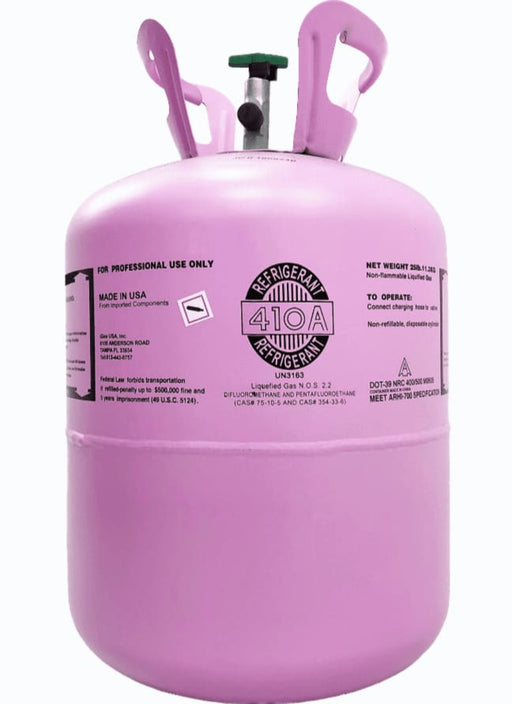
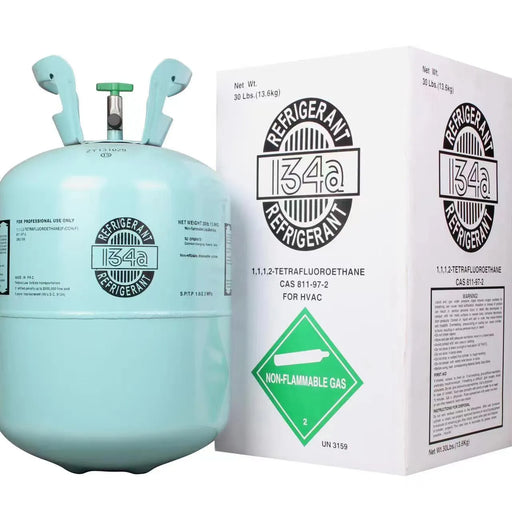
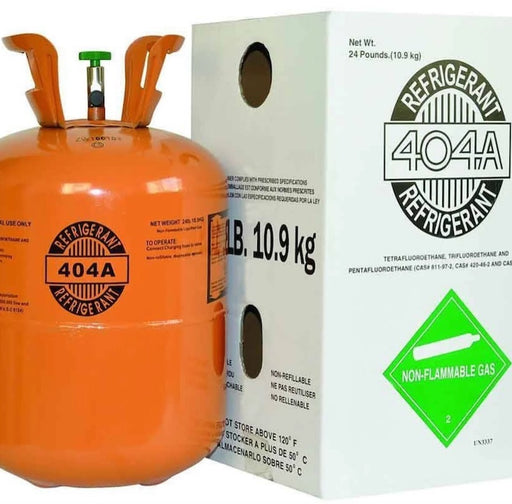
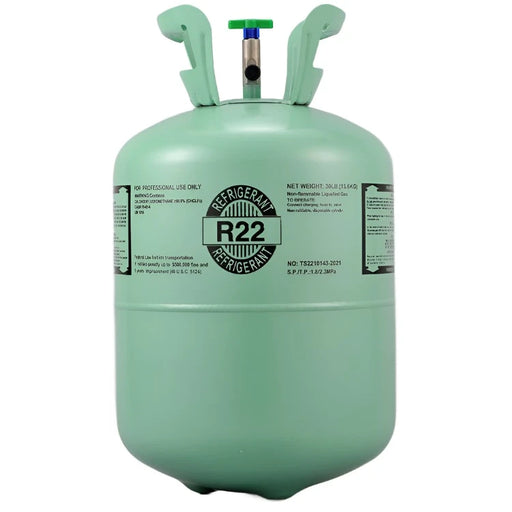
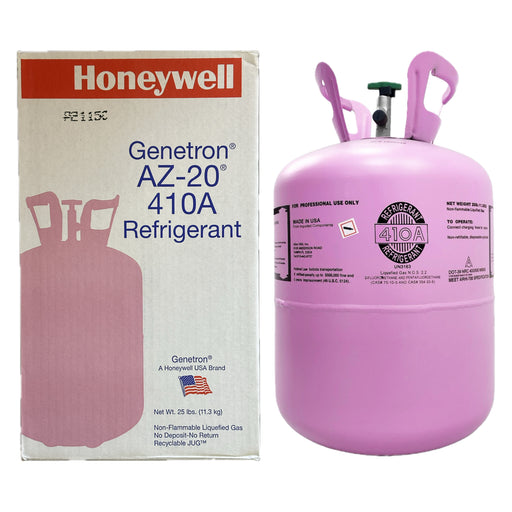
Leave a comment